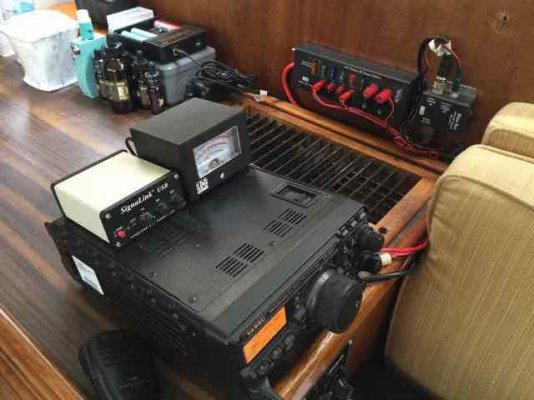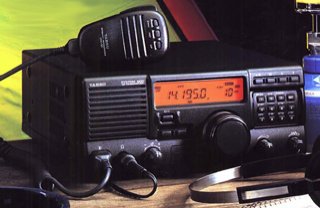Duvie
Senior Member
- Joined
- Nov 5, 2011
- Messages
- 341
Anyone on the forum operating amateur radio equipment on their vessel? If so what is your set up? I Just renewed my license and thought this might make an interesting thread. I currently do not have any Ham equipment on board but have thought of installing some a few times.
Last edited:


